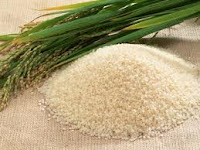Hello, once again, ladies and gentlemen! The Minigurus return! As you can see, this will be our final post for our project and our last goodbye for the blogging community. See the connection with the title?
Do not cry or even feel sad fellow bloggers! We may be at our final stand to entertain and to inform you but alas! We shall prevail and entertain you and inform you as no one has ever seen before! But that time will come.
Do not cry or even feel sad fellow bloggers! We may be at our final stand to entertain and to inform you but alas! We shall prevail and entertain you and inform you as no one has ever seen before! But that time will come.
Anyhow, we are making another blog post about...BLOGS! Yes! A blog about a blog! But not just a regular blog but our blog! Let's head on! Shall we not?
We'd just like to give a short background about this post. This means.......FLASHBACK!
It was another average day at the classroom when T. Rye (the urban guru) announced that he had a "surprise" for us. Naturally, everyone got excited. But little did we know that the "surprise" he had in store was this blogging project! Didn't you ever wonder why we decided to make this blog?
Ok, we're being rude. Please go on and enjoy our (sob) last (sob) post!
We'd just like to give a short background about this post. This means.......FLASHBACK!
It was another average day at the classroom when T. Rye (the urban guru) announced that he had a "surprise" for us. Naturally, everyone got excited. But little did we know that the "surprise" he had in store was this blogging project! Didn't you ever wonder why we decided to make this blog?
Ok, we're being rude. Please go on and enjoy our (sob) last (sob) post!
















